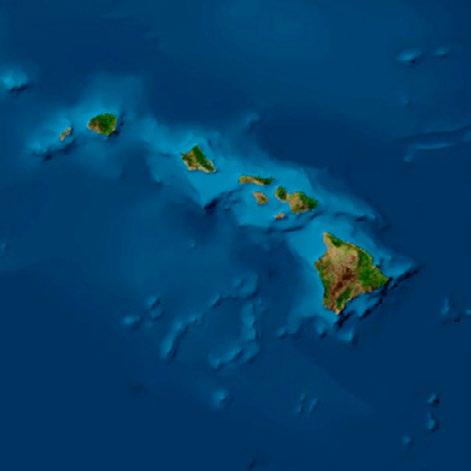
2 minute read
Stressors and Receptors
Underwater Noise
Description
Marine animals use sound underwater in the same way that humans and land animals use sight to communicate, navigate, interact, forage, and avoid predation. Marine animals are subject to many sources of anthropogenic noise in the ocean from shipping or other marine industries, to which the noise from marine energy devices is added. This noise can cause stress, behavioral changes (e.g., avoidance), physical injuries, temporary or permanent reductions in hearing ability, and can also mask other important sound cues in the marine environment. The effects vary by species based on noise detection and vocalization capabilities, which range across many frequencies and sound levels. Assessing the potential effects of underwater noise from MRE devices on marine animals requires that we understand the existing (or ambient) noise environment, measure the noise output from MRE devices and the distance it travels, and relate that sound to changes in animal behavior.


Level of knowledge/uncertainties
The risk to species due to underwater noise from small numbers of MRE devices is considered to be low. Marine mammals and fish are the most likely marine animals to be affected, though there is also evidence that some sea turtles and invertebrates may also be affected. While sound detection and vocalization capabilities vary by species, any potential serious impacts on marine species can be avoided by managing and reducing the noise level of deployed devices. To date, measurements from single devices show that the level of MRE-generated underwater noise is considerably lower than levels expected to cause physical harm or affect the behavior of marine animals.

Guidance and recommendations
The International Electrotechnical Commission Technical Committee (TC) 114 published an international consensus Technical Specification for characterizing radiated noise near MRE devices. This international standard provides protocols for sound measurements to enable consistent data collection and allow for comparison across MRE developments. In addition, the U.S. has set regulatory thresholds for impacts from underwater noise on marine mammals, and some interim sound exposure guidelines are available for fish (see Additional Resources on the Tethys page). Noise measurements (i.e., operational noise profiles) provided by device developers can be compared to these noise thresholds to evaluate their potential impacts on species present at a planned project site.
Underwater Noise
The dial summarizes the broadly understood level of risk from underwater noise to marine animals for small numbers of devices.
MRE Case Study: Noise levels measured around Fred. Olsen Lifesaver
Underwater noise measurements were Oahu taken during two deployments of the
Pacific Ocean Hawai'i Fred. Olsen Lifesaver WEC in Hawaii at the U.S. Navy Wave Energy Test Site. Noise associated with the device’s generator and the mooring was detected with a monitoring platform fixed on the seabed 100 m from the device and with drifting hydrophones at closer range. Operational noise levels were below U.S. regulatory thresholds for auditory harassment of marine mammals for all but 1% of the deployment. Higher-frequency noises were detected 1000 m beyond the device, but were associated with the mooring chain at the test berth, not the device operation itself.






